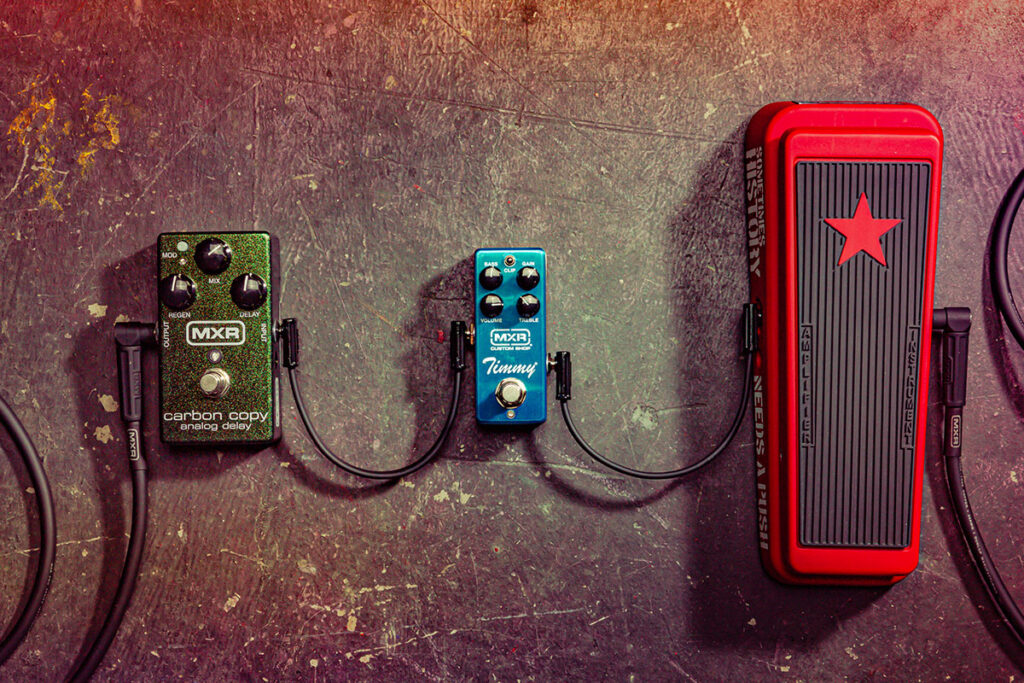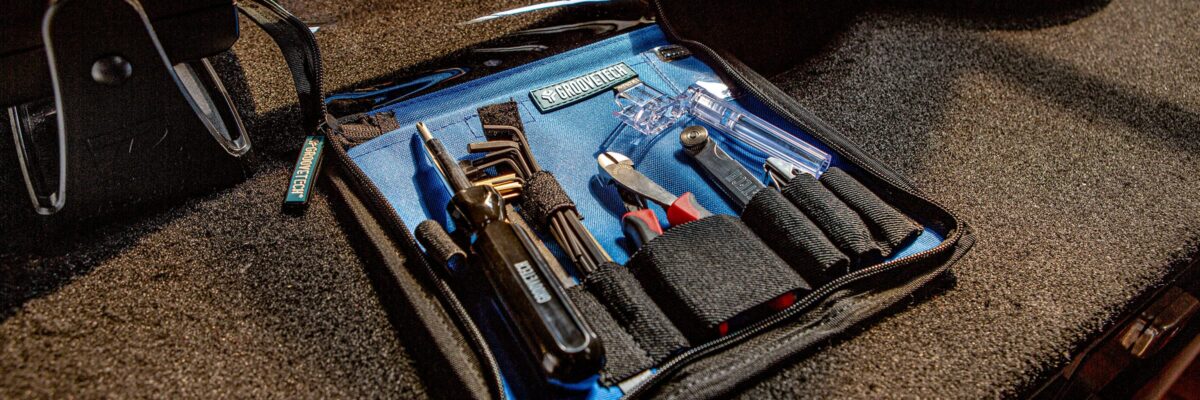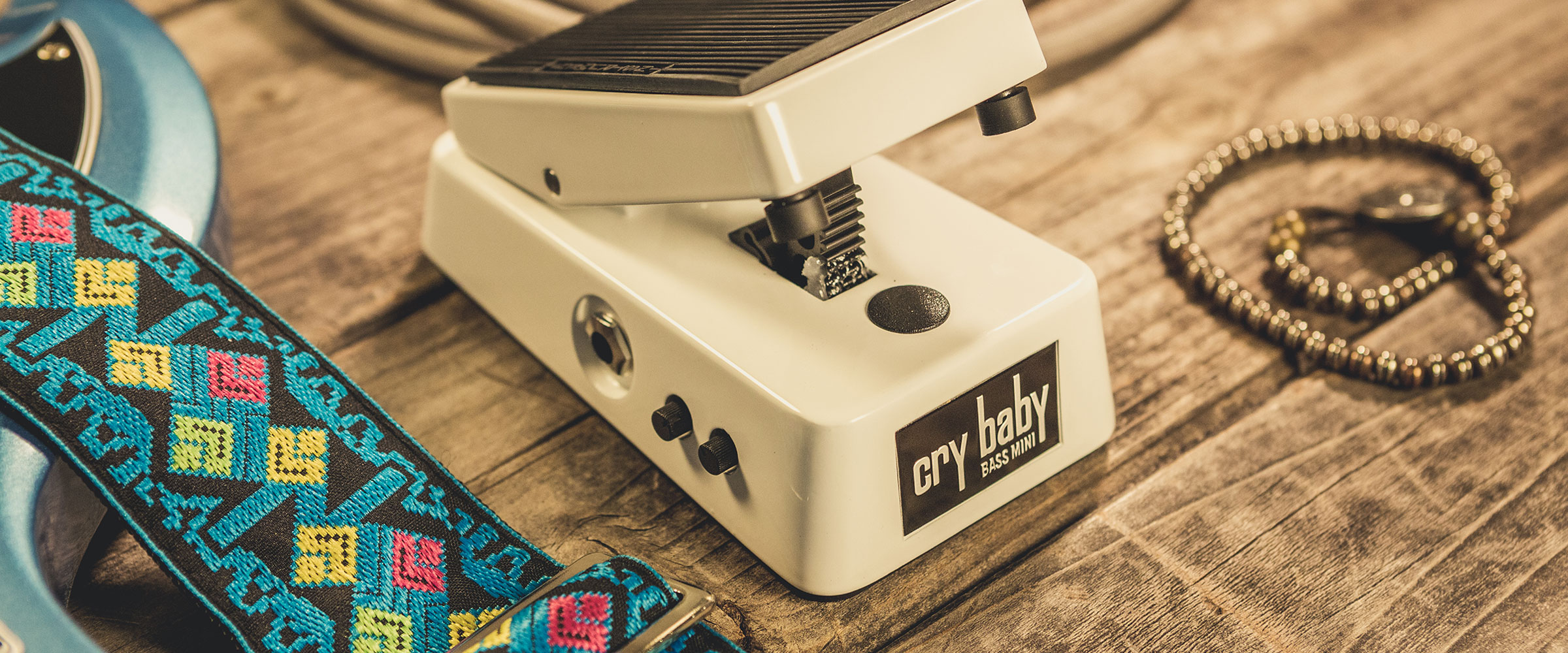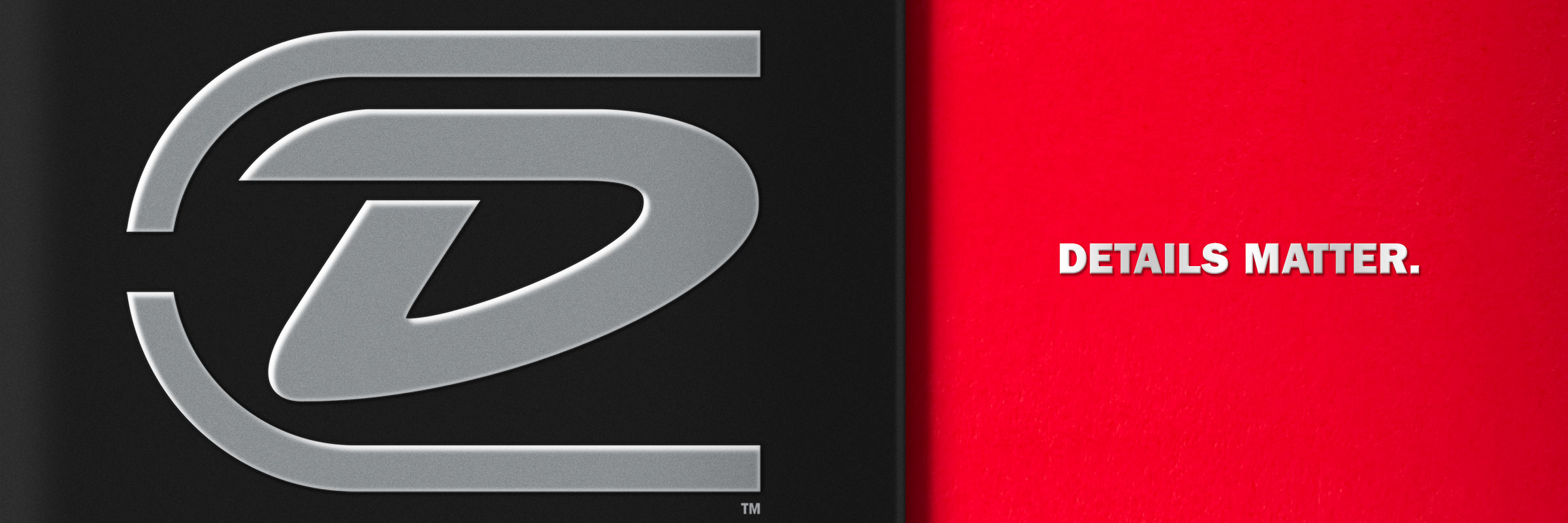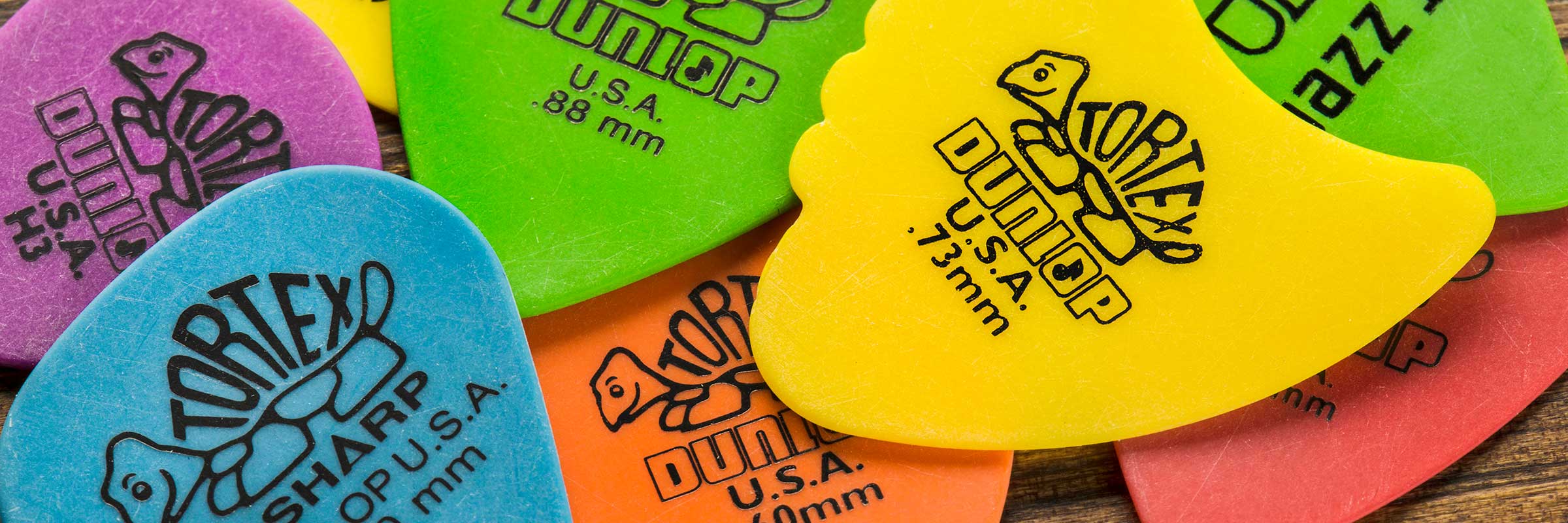Creating the sound you want isn’t just about which pedals you have—it’s also about where you place them. Pedals interact with your instrument signal and with each other in different ways depending on where they are in your signal chain, opening you up to a ton of opportunities for tweaking and customizing your tone output. While you should experiment as much as you have the patience for, we want to give you some guideposts to follow so that you have an easier time choosing what goes where in your quest for the perfect sound.
The Cry Baby® Wah is the most iconic effect in the history of guitar pedals. Since its invention in the 1960s, numerous models have come out to accommodate just about every tonal preference and playing style there is. Today, the Cry Baby line includes more than 30 such models. And with all of that variation, the overwhelming consensus among guitar players is that the wah pedal should be first in your signal chain. Wah pedals are essentially tone filters. To create their signature sound, they sweep across the spectrum of frequencies generated by your guitar. A cleaner signal means that a pedal such as the Tom Morello Cry Baby Wah has more frequencies to work with—if you want the full expressive potential of your wah pedal, you need to run it right after your guitar. Using a different effect on that signal before the wah will change the wah’s response. And you might dig that sound—that’s why it’s important to experiment for yourself. But for the purest wah sound, put your Cry Baby Wah first in your chain. Overdrives are a pedalboard staple. In most setups, these and other gain-based effects go at the front of the signal chain, after the Cry Baby Wah and other tone-shaping effects, and for similar reasons. Overdrive pedals such as the MXR® Timmy® Overdrive boost whatever signal is fed into it and then clip the wave peaks to add all that sweet harmonic content that we know and love. They’re designed to work on clean signals—if you run your overdrive pedal after other effects, such as modulation or delay, all kinds of extra stuff will come through for a potentially very muddy sound. Depending on the specific pedals in question, though, you might like the way it sounds when you run your overdrive pedal after a chorus, flanger, or other such effect. Try it our way first so that you know what your overdrive pedal is supposed to sound like. Delay pedals such as the MXR® Carbon Copy® Analog Delay work most effectively—as delay pedals—when placed at the end of your signal chain. Ideally, you want the repeats to clearly replicate the entirety of the rest of your signal. If you put an overdrive pedal or a modulation pedal after, the quality of your repeats will degrade and become less pronounced. Some delay pedals do allow you to tweak the tone and behavior of your repeats—the Carbon Copy Analog Delay has modulation controls, for example—but because they’re designed for it, it’s much easier to dial in a great sound. On the other hand, if you want some tripped out ambience, running a fuzz and chorus after your delay pedal might be just what the doctor ordered. What sounds good to you is a matter of preference, and you won’t know which pedals sound good where until you plug in and play. But it helps to know how different ingredients go together before trying to invent your own recipe from scratch, right? Our hope is that this guide allows you to develop your own sound through informed experimentation. Add other effects to the mix. Move stuff around. Most importantly, have fun with it.CRY BABY® WAH PEDALS
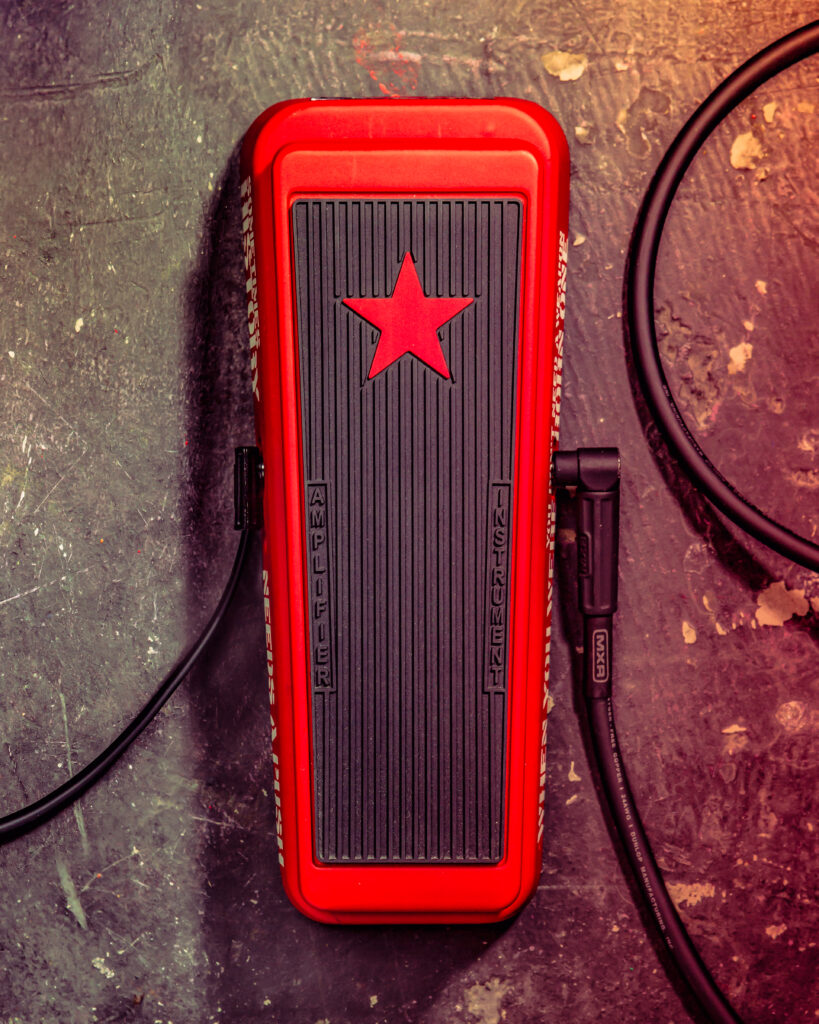
OVERDRIVE PEDALS
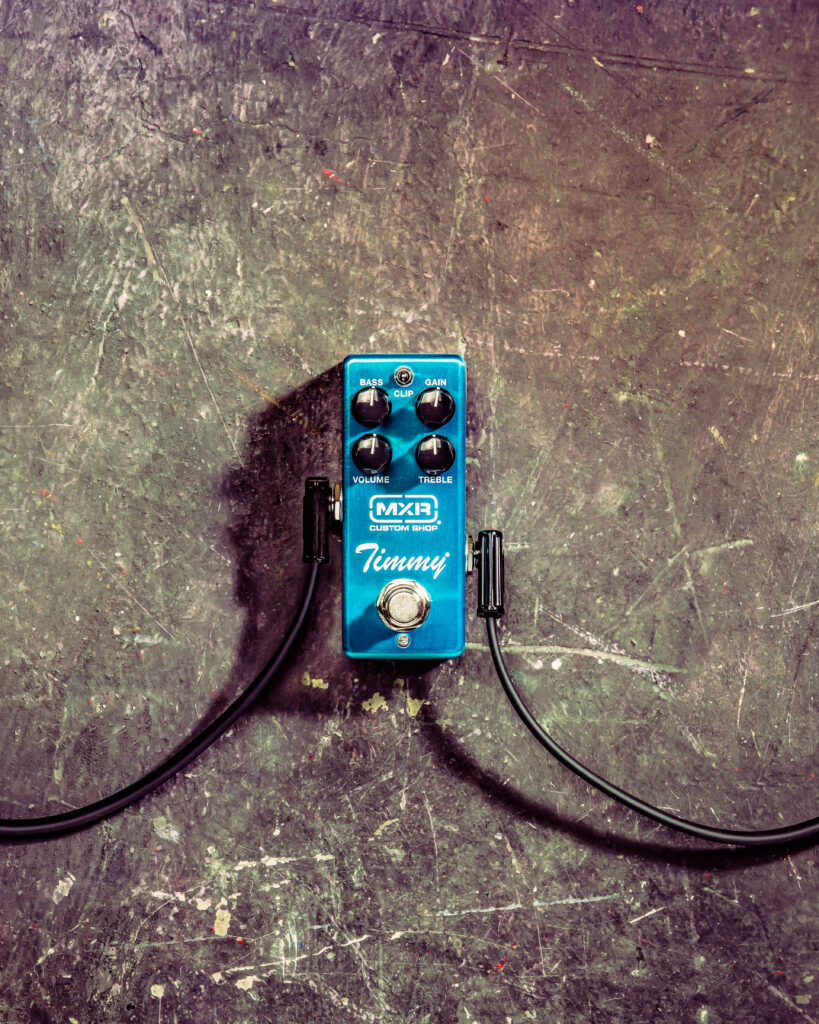
DELAY PEDALS
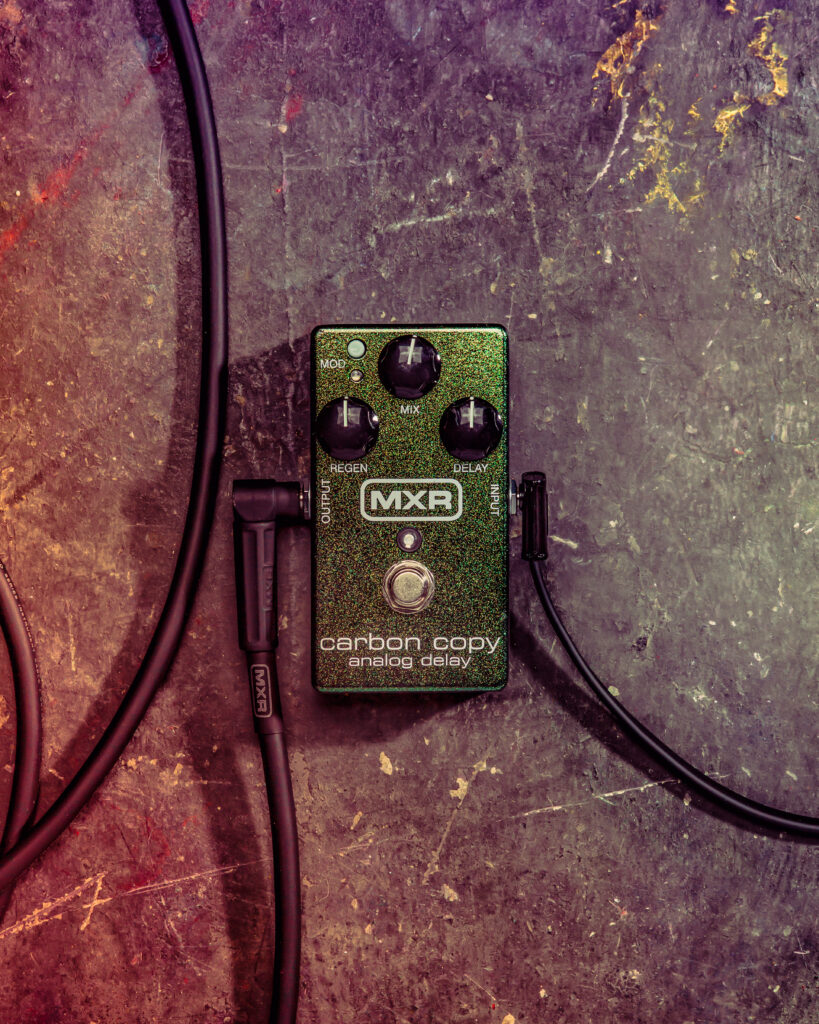
ACCOUNTING FOR TASTE
